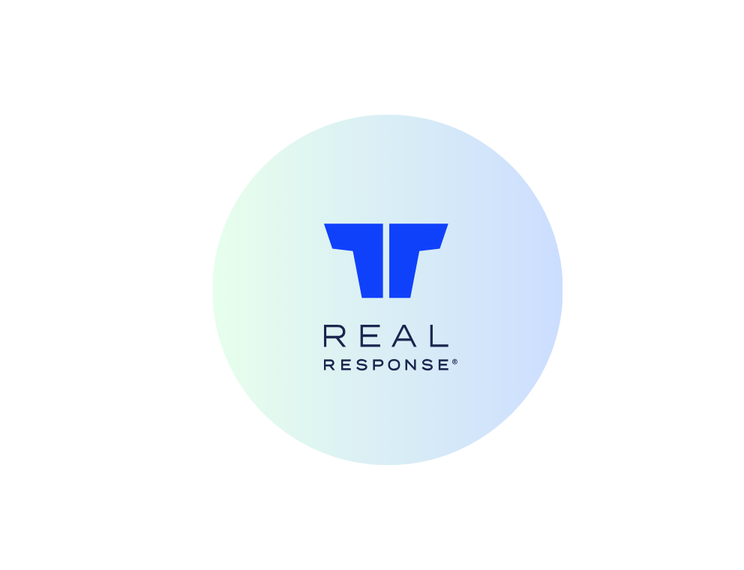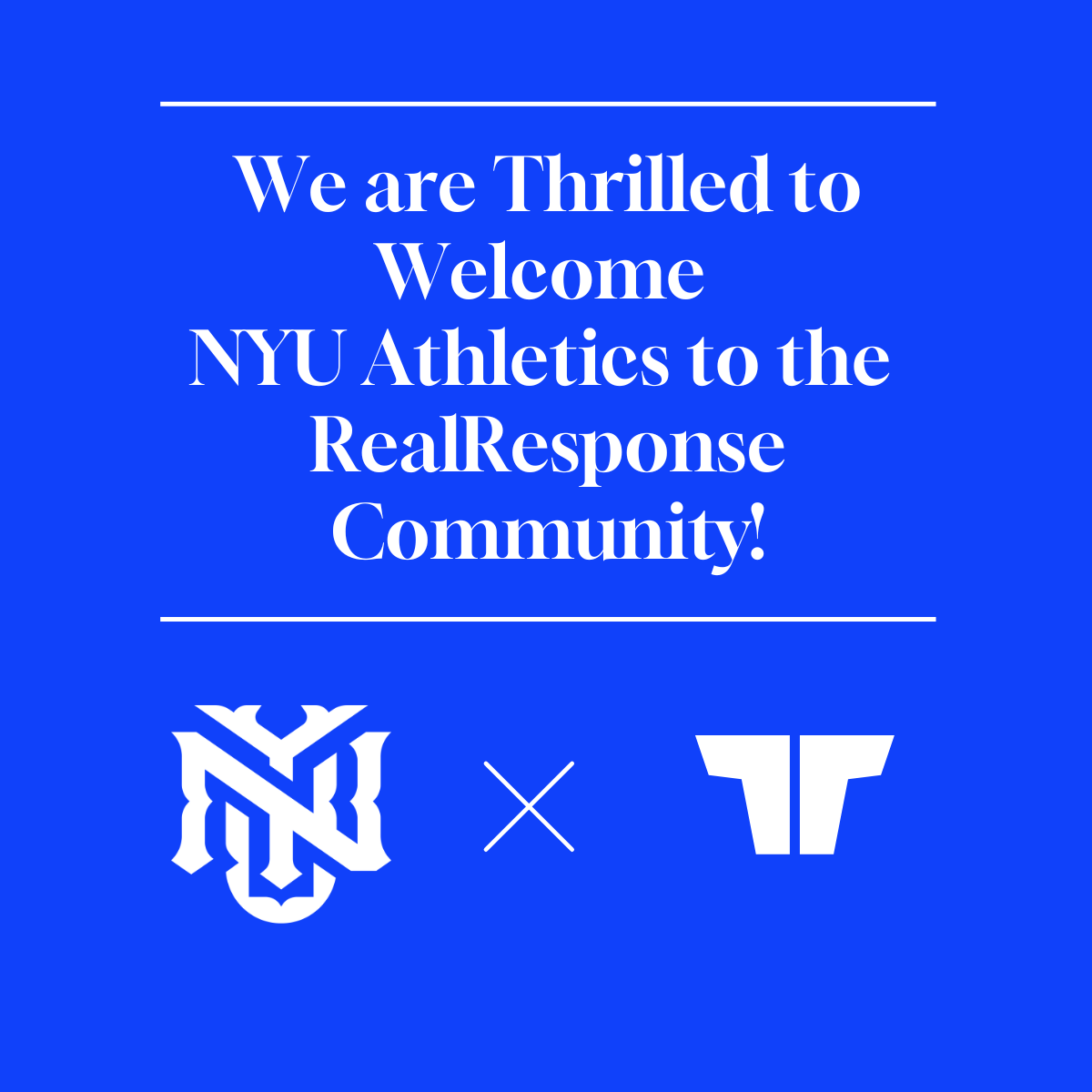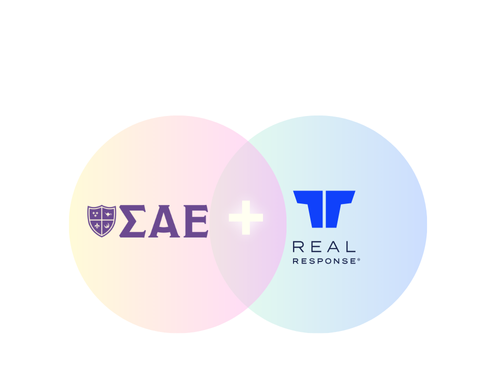Joshua Gordon, Woodard Family Foundation Fellow, Senior Instructor of Sports Business & FAR, University of Oregon and David Chadwick, Founder & CEO, RealResponse
Faculty athletics representatives (FAR) are by no means a new concept in higher education. The position dates back to the late 19th century, when faculty athletics committees rose to prominence. However, it took another 100 years for the FAR as we know it today to come to fruition, and for legislation to be passed mandating that every institution appoint one.
Fundamentally, FARs are a critical resource who bridge students’ academic and athletics experiences. Even though the modern FAR “job description” has only existed for around 30 years, the core responsibilities and skills needed to be successful are changing rapidly. What worked even five or 10 years ago won’t work today.
Early on, FARs focused almost singularly on compliance and conveying the faculty’s voice in athletics conversations. But we’ve recently seen a long overdue course correction toward student-athlete advocacy and empowerment. Making room at the table for students’ voices has been an adjustment for faculty members, campus leaders and athletics staff alike—making FARs’ position that much more complex.
More than ever, being effective in this critical role starts with being able to adapt and being willing to constantly learn.
With great stakeholders comes great responsibility
In recent years, the FAR role has expanded—in a positive way. Not only do faculty athletics representatives need to lend an empathetic ear to faculty colleagues and their concerns, they also need a genuine understanding of student-athletes’ interests.
For students, a strong FAR is a stable presence who spends time with them, listens and creates a forum for them to provide feedback. More importantly, a strong FAR keeps students updated on what changes are (or are not) able to be made based on their input and why. Offering this level of transparency is a win, even when a decision doesn’t go the students’ way. Conflict, when done right, is an educational moment.
Sitting in the middle of this complexity (let alone navigating it) naturally leaves some potential FARs apprehensive about taking on these responsibilities. On top of day-to-day duties as a researcher, physicist, lecturer, etc., it can feel overwhelming to sign up for being the main point of contact and confidante for hundreds of student-athletes.
But regardless of background or academic focus, a FAR must be able to:
- Collect the right information efficiently. FARs don’t need to solve every potential student-athlete issue themselves. But they do need to know how to hear, how to listen and how to direct students to the right person.
- Earn student-athletes’ trust. Raising concerns about team culture or allegations of abuse to a coach or athletics director is a tough step for any student-athlete to take. The best FARs position themselves as someone students can come to without fear of retaliation or strained power dynamics.
- Understand institutional stakeholders. So much of a FAR’s job deals in risk mitigation and crisis prevention. Both require someone who can be proactive in communicating with campus administrators and athletics staff.
Bottom line: If you care about the student-athlete experience, you’ll get most of it right.

Three behaviors that set successful FARs apart
From sports betting and NIL deals to hazing concerns, the pressures student-athletes face today look much different than they did even a few years ago. FARs need to keep up with these changes, keep their colleagues well informed and keep a constant pulse on where their support is needed most.
This hinges on three fundamental best practices:
- Nurture relationships across your institution. It’s essential to maintain at least semi-regular contact with every coach you support, mainly to understand how they tick. Sometimes this may mean traveling with them, or even helping recruit future students by sharing stories about what the athletic opportunity looks like at your institution.
Putting in this effort is an investment, but one that builds relationship equity and pays dividends when you have to have hard conversations. When you regularly show up for your coaches (and other faculty, athletics directors, even your president), they’ll know your intentions are to help—even when you’re coming to them with a concern or allegation. - Constantly mine for information. The core currency any FAR operates with is information. Gathering information requires you to position yourself as a trusted resource for faculty and student-athletes equally. This means creating and participating in forums where students are encouraged to provide genuine feedback—because when FARs don’t provide this, students will find a forum elsewhere. It’s much easier to constructively address an issue if you’re aware of it firsthand, rather than getting wind of something through a legal claim or media headline.
Information is also the key to one of the FARs’ most critical duties: prioritization. No FAR can be with every team, or every coach, all at once. But understanding which groups have had a rougher time lately lets you home in on who you should travel with or whose practices you should drop in on.
- Create the right mechanisms for information to flow. When you’re the sole FAR supporting dozens of teams, some information is simply more valuable than others. Gathering the right information, at scale, starts with having trusted tools that not only capture the “what,” but also the “why.” These systems should be safe spaces where anyone can share feedback in real-time, and where FARs can initiate a dialogue to begin vetting the issue.
When FARs aren’t able to dig deep into an anonymous claim, every blip needs to be handled like an iceberg with potentially severe consequences beneath the surface. This is the pitfall of traditional survey tools. But when your reporting mechanisms are accessible, and when they offer two-way communication, you can maintain a regular view of what’s lurking beneath the water line. Long-term, this saves teams and institutions from enduring the expensive, painful process of investigating every potential blip.
A point of contact for positive outcomes
A large part of the FAR role is preventing the catastrophic from happening, and steering things back on track. Scaling that foresight when you serve hundreds of student-athletes, staff and faculty is impossible to achieve without strong relationships and continuous feedback.
With both elements in place, FARs can step into situations early enough, bring the right people together and mediate tough—yet meaningful, necessary—conversations. FARs don’t operate in a vacuum nor can they alleviate problems on their own. But with the right rituals and resources, they can turn difficult moments into something positive, helping student-athletes get back to the work that matters.
RealResponse is invested in elevating student, staff and faculty voices in the athletics experience conversation. By offering a safe, anonymous platform for two-way communication, we ensure everyone has a chance to be heard.



















